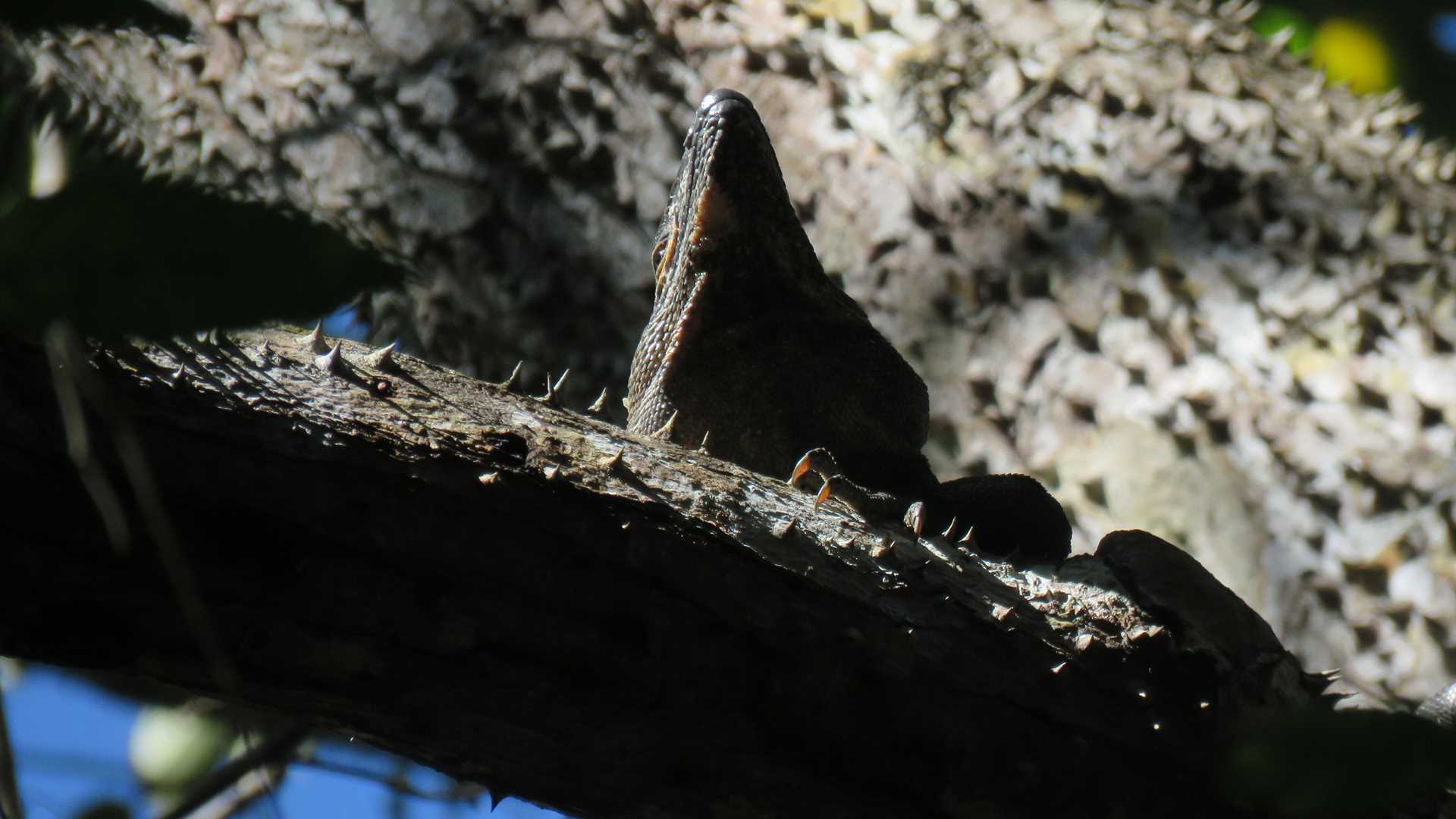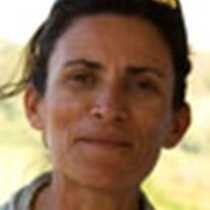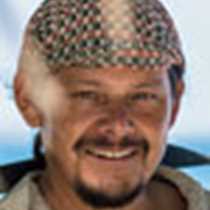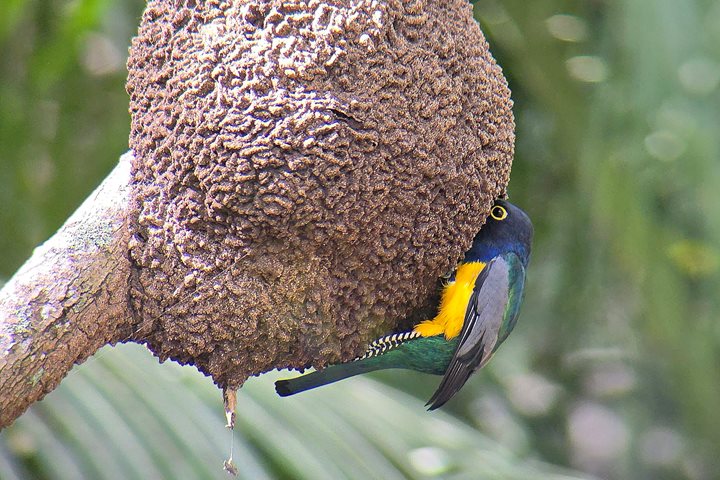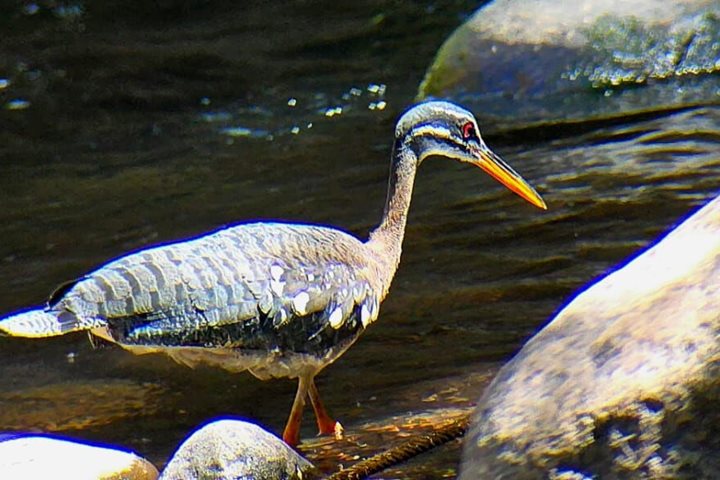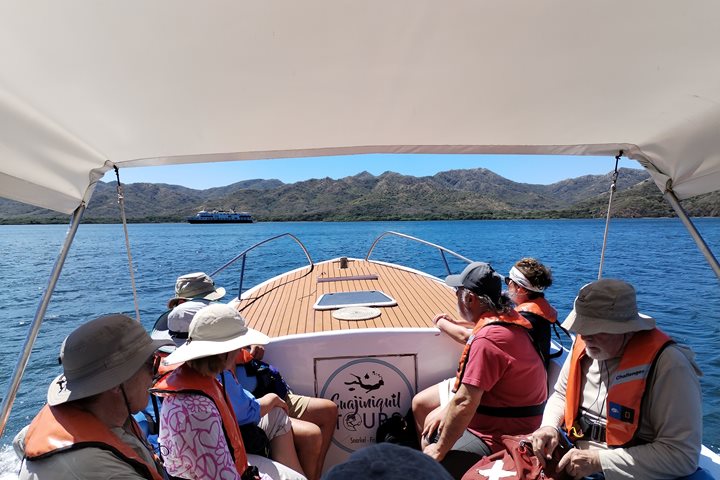Today was the last day of our trip. After navigating south for eleven hours, we found ourselves at the eastern point of the Nicoya Peninsula. Early in the morning, we disembarked on the dark sand beach of Curu Wildlife Refuge and started our activities. Some guests walked the long, looped Monkey Trail through the forest, which led them through various types of ecosystems, including riparian, mangroves, dry forests, and mango and teak plantations. Other guests enjoyed a somewhat shorter version of the first hike, walking on a path called the Ceibo Trail. Finally, a third group took a leisurely stroll that focused on interpretation and spotting wildlife and flora. All hikers came back with great stories of mammal sightings, including howler and white-throated capuchin monkeys, agoutis, coatis, bats, variegated squirrels, and various other species. Everyone spotted lots of birds and plants.
Back on board, we enjoyed a well-deserved lunch. Midafternoon, we disembarked on the white, soft sand beach of Tortuga Island. Often visited by Costa Ricans, the island offers relaxation, warm waters, and delicious coconuts. In the evening, we enjoyed a fun Latino dance show, dance lessons, and a fire show on the beach as the sun set over a rocky island in front of us.

